Flashes Guide
Power output
The power output of a flash is measured in terms of guide number (GN), which indicates the flash's maximum range or reach. A higher guide number means that the flash has a greater output power and can illuminate subjects that are farther away.
For beginners or those looking for an entry-level flash, the Yongnuo YN-560 IV Speedlite Flash is an excellent choice. With a guide number of 58 meters at ISO 100 and 105mm, this flash offers a powerful output that can adequately light up subjects even in more challenging shooting conditions.
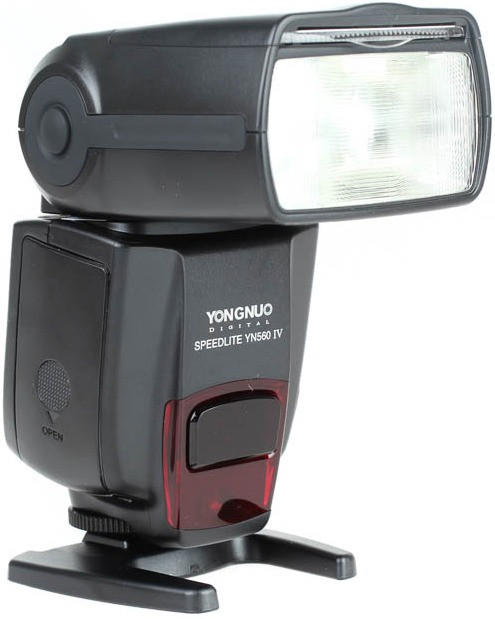
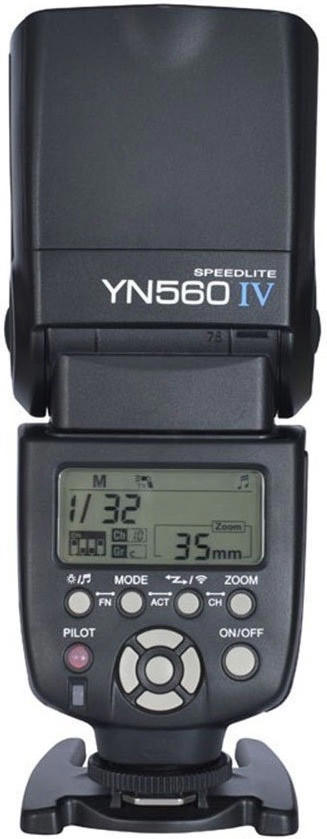
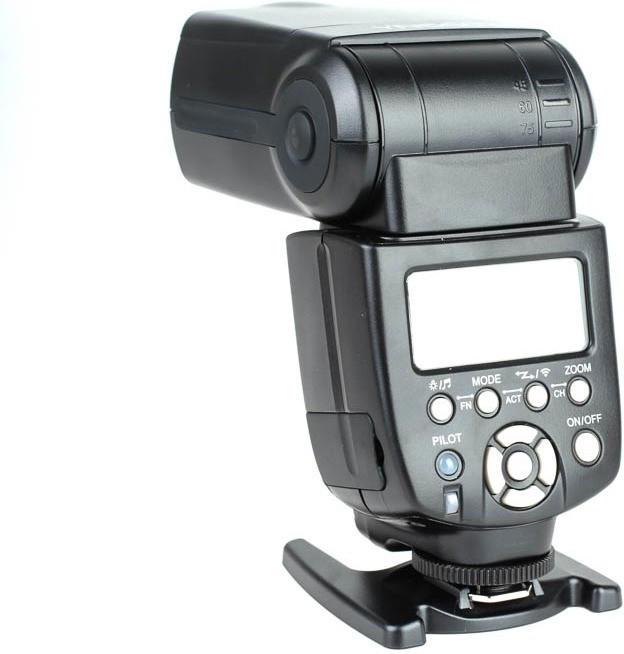
On the other hand, professional photographers often require more powerful flashes for certain shooting situations. The Canon Speedlite 600EX II-RT Flash is a top-of-the-line option that delivers outstanding performance with a maximum guide number of 197 feet at ISO 100 and 200mm. With this kind of power output, photographers can confidently capture crisp and well-lit images even from a distance or in larger venues.
Flash range
The flash range refers to the distance that a flash can effectively cover to illuminate your subject. It is crucial to select a flash with a suitable range to ensure that your subject is well-lit, especially in darker environments or when shooting at a distance.
For photographers who often shoot outdoors or in large indoor spaces, a flash with a long flash range is ideal. The Canon Speedlite 600EX-RT and the Nikon SB-5000 are excellent choices, as they offer an impressive flash range of up to 200 feet. These professional-level flashes provide ample lighting even for subjects far away from the camera, resulting in crisp and detailed images.
Alternatively, for those who mostly engage in close-up photography or require a more compact flash, the Sony HVL-F32M and the Fujifilm EF-X20 are great options. While their flash range is slightly more limited at around 30 to 40 feet, they are perfect for portrait photographers or anyone seeking a lightweight and portable solution.
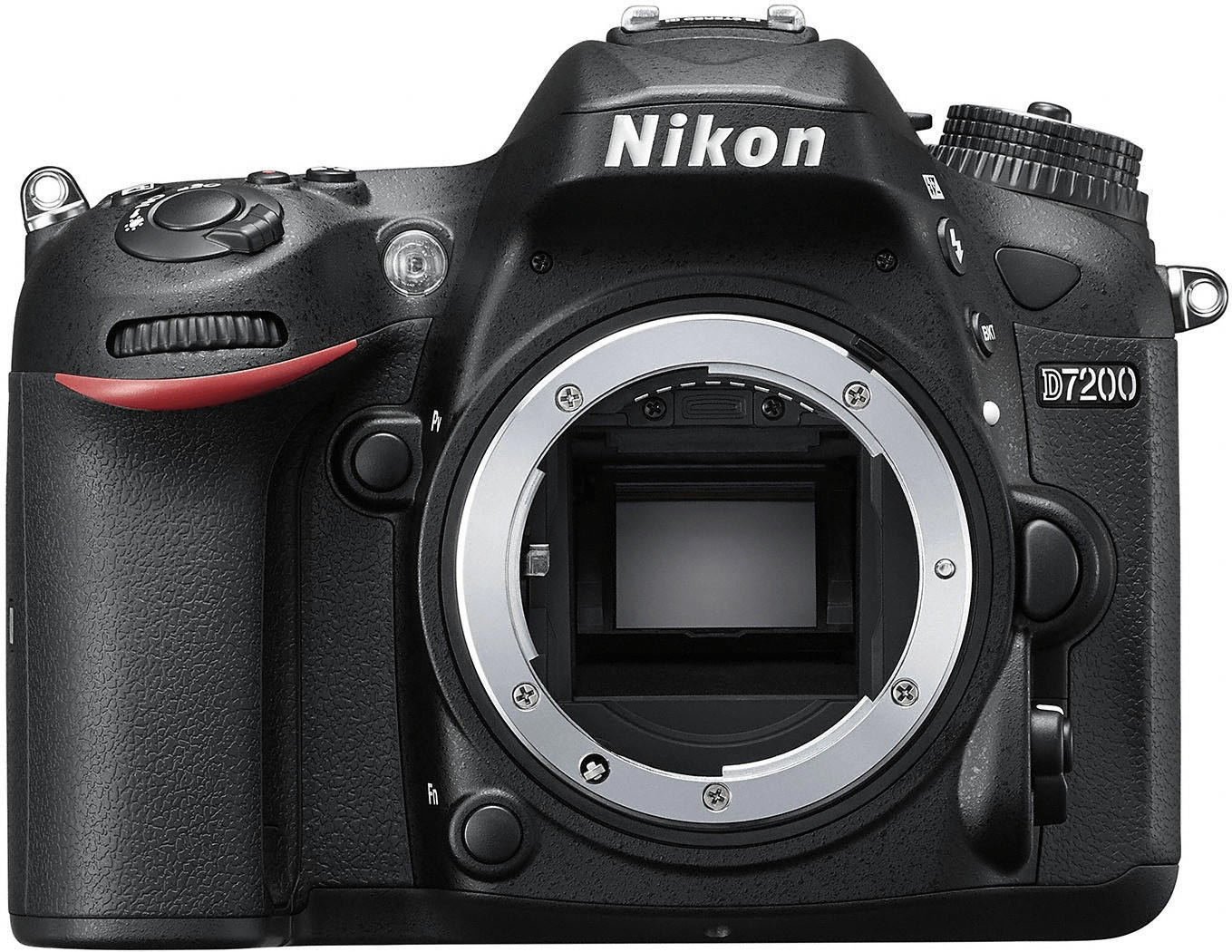
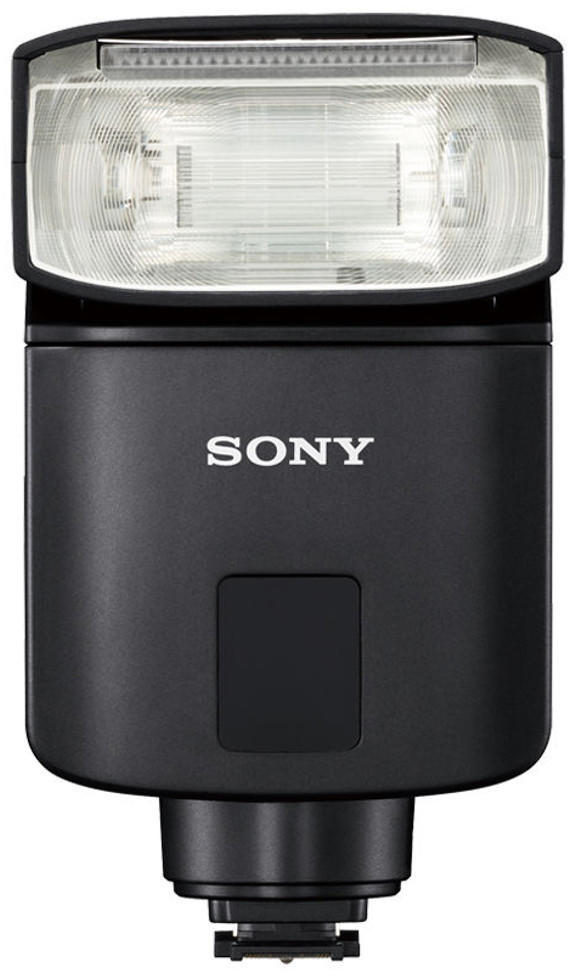
It's important to keep in mind that flash range alone does not determine the overall quality or performance of a flash. To make an informed decision, consider other factors such as the flash power, compatibility with your camera, and additional features offered by different flash models.
Recycling time
The recycling time refers to the speed at which the flash is ready to fire again after each shot. This is crucial, especially for photographers who need to frequently capture fast-paced action or continuous shots. A shorter recycling time allows for faster shooting and less waiting time between shots.
In the world of flashes, there are several options to consider based on their recycling time. High-end flashes such as the Profoto D2 500 AirTTL Monolight and Canon Speedlite 600EX II-RT boast remarkable recycling times of 0.03 to 0.6 seconds depending on the power output. These flashes are ideal for professional photographers who require fast recycling speeds for their high-demand shooting scenarios. On the other hand, more budget-friendly options like the 'Neewer NW565EX E-TTL Flash' or the 'Godox V860II-C' for Canon offer a recycling time of around 2.9 to 3 seconds, making them suitable for hobbyists and enthusiasts who prioritize affordability without compromising too much on performance.
Flash modes
The most common flash mode is the TTL (through-the-lens) mode, which automatically calculates the flash output based on the camera's exposure settings. This can be a convenient option for photographers who want to let the camera do the work. For those who prefer more control, a manual mode allows for adjusting the flash output manually. Additionally, some flashes offer a high-speed sync mode, which enables shooting at faster shutter speeds to freeze motion even in bright conditions. Examples of flashes with these modes include the Canon Speedlite 600EX II-RT, which offers both TTL and manual modes, as well as the Godox AD200 Pro, which provides TTL, manual, and high-speed sync capabilities.

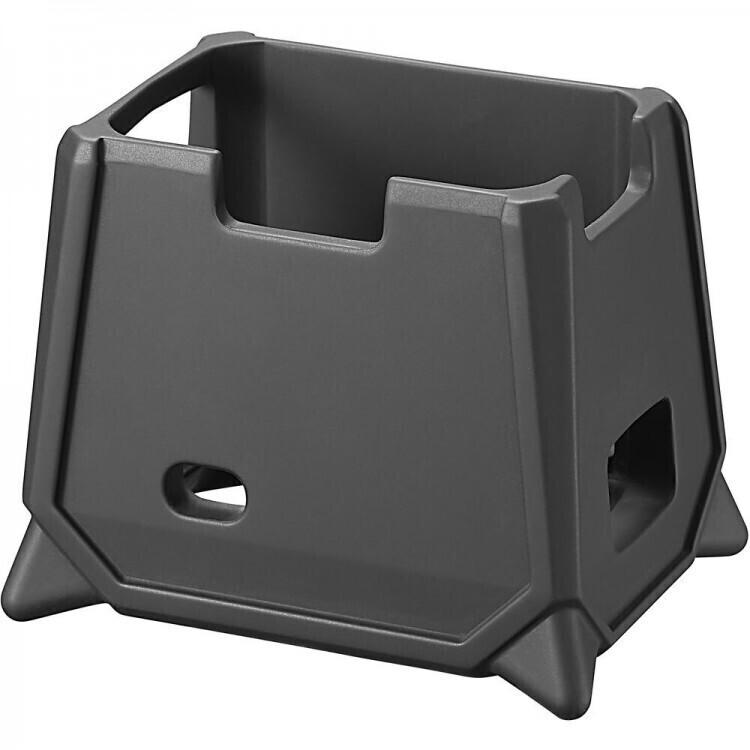
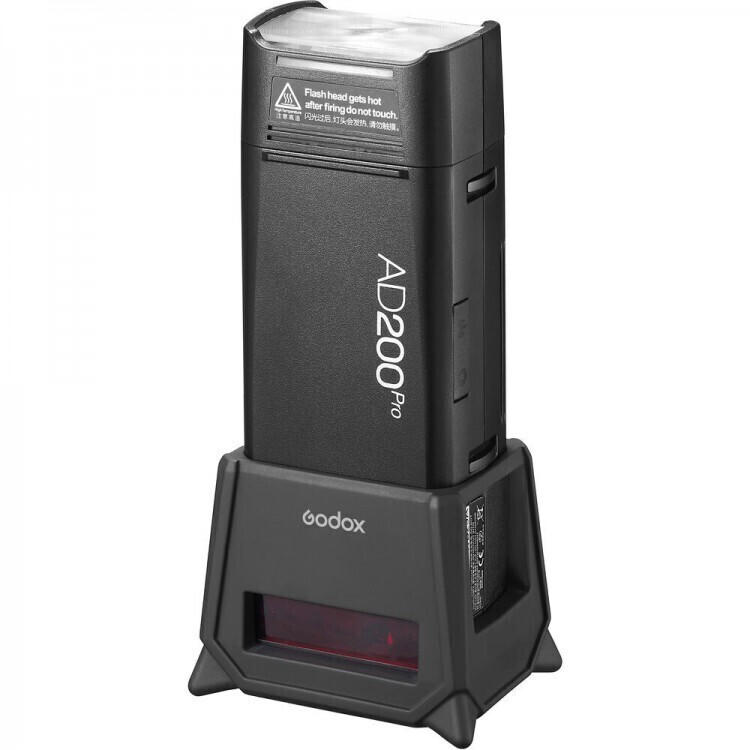
TTL metering
TTL stands for "through-the-lens" and it refers to a metering system that measures the amount of light passing through the lens during exposure. This technology allows the flash to automatically calculate the required power output based on the camera's settings, resulting in accurate and well-balanced exposures.
In the market, there are various flashes that excel in TTL metering. In the entry-level segment, the Canon Speedlite 470EX-AI is worth considering. It offers intelligent automatic bounce flash, simplifying the process of achieving softer and more natural lighting. For intermediate users seeking a blend of functionality and affordability, the Nikon SB-5000 showcases advanced wireless lighting capabilities with a powerful output. Finally, professional-grade options like the Sony HVL-F60RM come equipped with high-speed sync, providing precise TTL metering even in challenging lighting conditions. With TTL metering, these flashes deliver accurate flash exposures quickly and effortlessly.

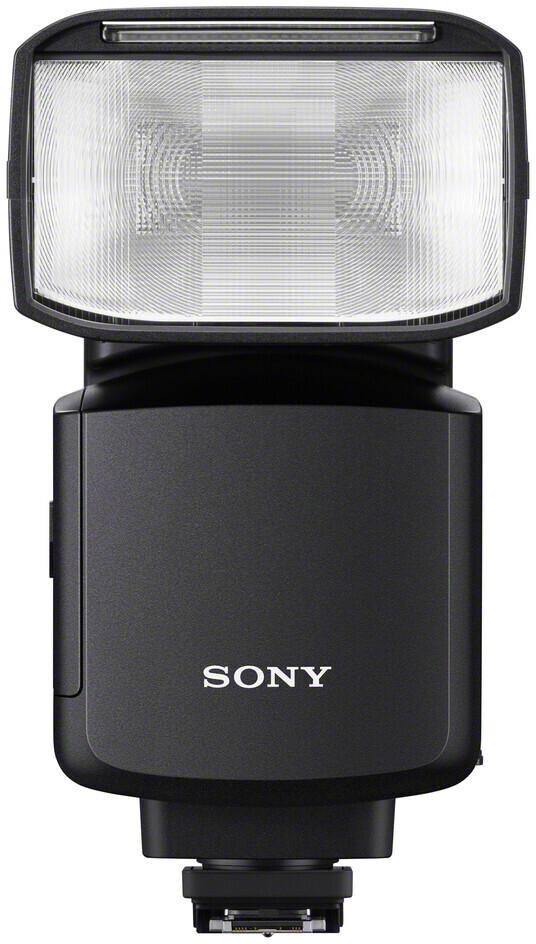
High-speed sync
High-speed sync (HSS) allows photographers to use a fast shutter speed with their flash, even above the camera's sync speed, to capture action or freeze motion in bright lighting conditions. When selecting a flash with HSS, it is necessary to ensure that the flash's maximum sync speed exceeds your camera's sync speed. Some excellent flashes that offer high-speed sync are the Canon Speedlite 600EX II-RT and the Nikon SB-5000. These flashes not only support HSS but also provide a variety of other advanced features such as TTL metering, wireless connectivity, and weather sealing, making them versatile options for capturing professional-quality images in varying lighting conditions.

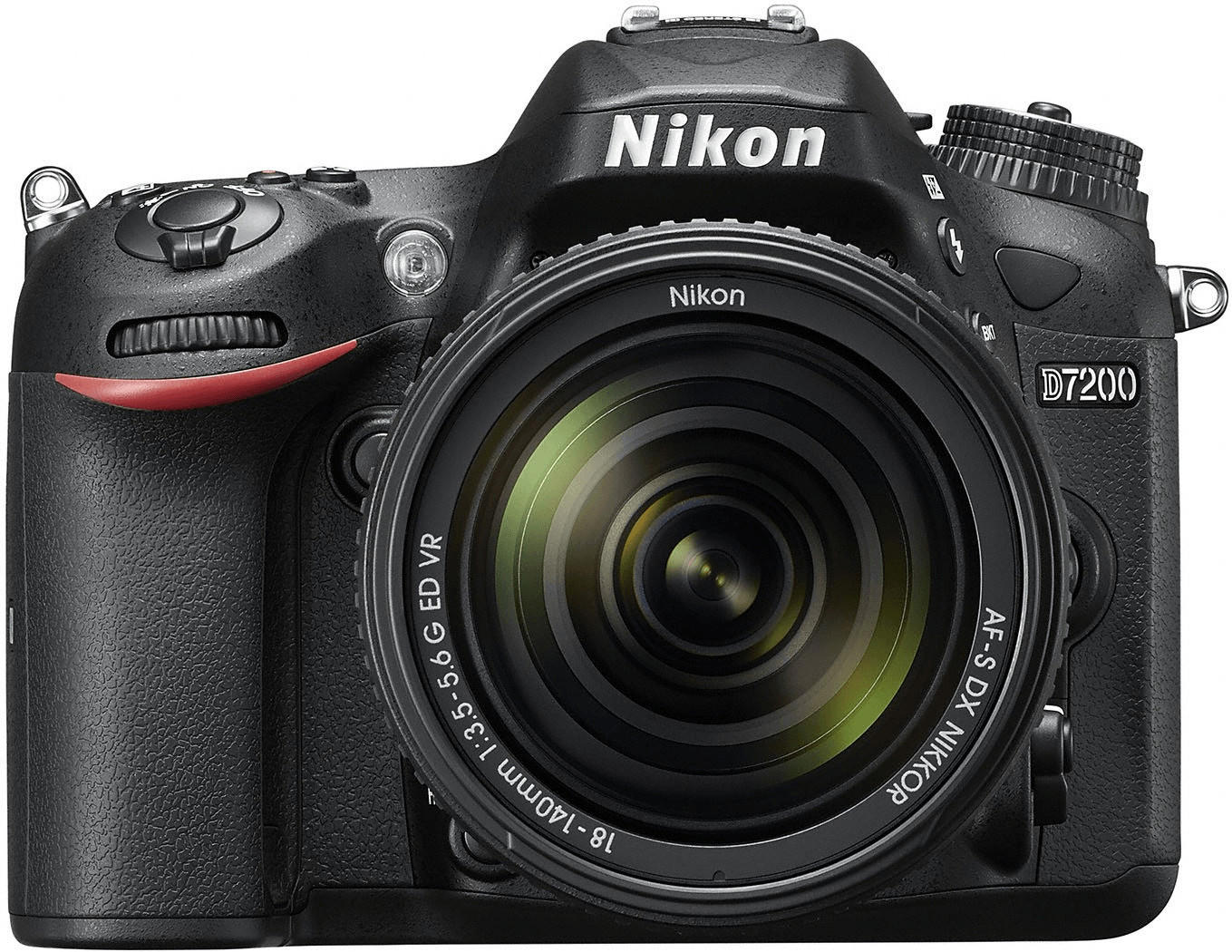
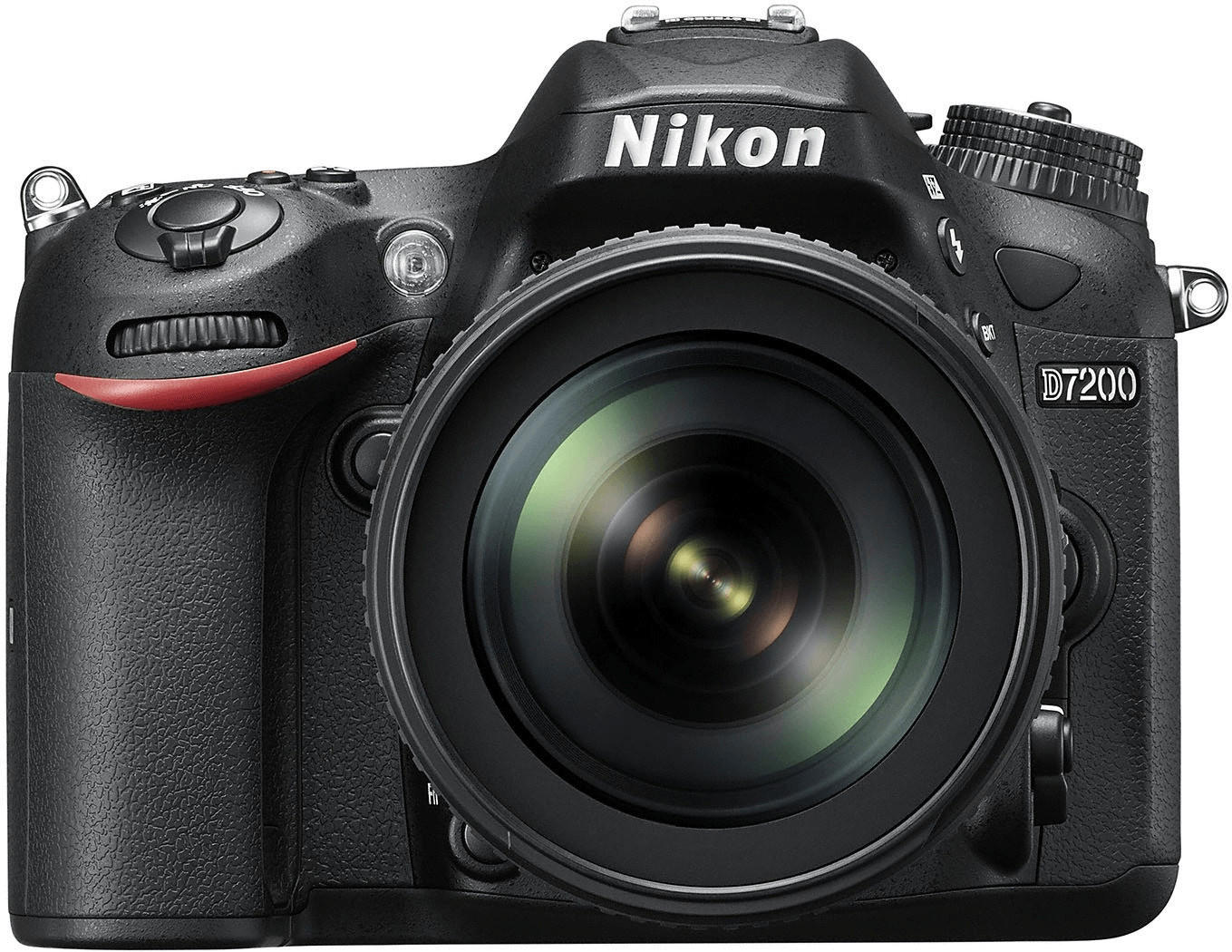
Wireless control
This allows you to control multiple flashes remotely, providing better flexibility and convenience during photo shoots. There are several options available on the market, but two popular choices are the Canon Speedlite 600EX II-RT and the Nikon SB-5000.
The Canon Speedlite 600EX II-RT offers reliable wireless control with its built-in radio transmission system. This allows you to control up to five groups or fifteen individual flashes from a distance of up to 30 meters. With a guide number of 197 feet at ISO 100, this flash delivers powerful output and excellent coverage for various shooting situations. It also supports E-TTL II/E-TTL Autoflash, allowing for automatic flash exposure and high-speed sync.
On the Nikon side, the SB-5000 features a radio-controlled Advanced Wireless Lighting system, providing reliable communication up to 98 feet. It supports up to six groups of flashes and can be angled up to 90 degrees for versatile bounce lighting. With a powerful guide number of 113 feet at ISO 100, this flash produces consistent and well-exposed images. It also offers both automatic and manual flash control options.



Both the Canon Speedlite 600EX II-RT and Nikon SB-5000 are excellent choices for photographers who require wireless control capabilities.
Guide number
The Guide number represents the flash's power output, indicating how far it can effectively illuminate a subject. It is an essential specification to ensure that you select a flash that meets your requirements.
In the budget-friendly segment, the 'Yongnuo YN-560 IV' offers a Guide number of 190 feet at ISO 100, making it an excellent option for beginners or those looking for an affordable, yet reliable flash. For the intermediate level, the 'Godox V860II' is a standout choice with a Guide number of 197 feet at ISO 100, offering a more powerful output and advanced functions such as TTL compatibility. Lastly, for professional photographers and those seeking the ultimate power and versatility, the 'Canon Speedlite 600EX II-RT' boasts an impressive Guide number of 197 feet at ISO 100, along with a rechargeable battery and high-speed sync capabilities. These flashes exemplify the importance of the Guide number and cater to photographers across different skill levels and requirements.
Flash coverage
Flash coverage refers to the area that the flash can effectively illuminate, and it plays a vital role in capturing well-lit images. The coverage is usually measured in terms of the angle of light spread, and it can vary from flash to flash. To ensure you have sufficient coverage, it is important to match the angle of your flash to the focal length of the lens you are using.
Many reputable brands offer flashes with wide coverage angles, including the Canon Speedlite 600EX II-RT with a coverage of up to 20-200mm and the Nikon SB-5000 AF Speedlight with a range of 24-200mm in FX format. These flashes provide ample coverage, making them suitable for a wide variety of shooting scenarios. Additionally, more budget-friendly options like the Yongnuo YN-560 IV or Godox TT685C TTL Flash also offer different zoom ranges to accommodate varying focal lengths, with the Yongnuo providing coverage from 24-105mm and the Godox from 20-200mm. With wide flash coverage, you can confidently capture well-lit photographs in any situation.
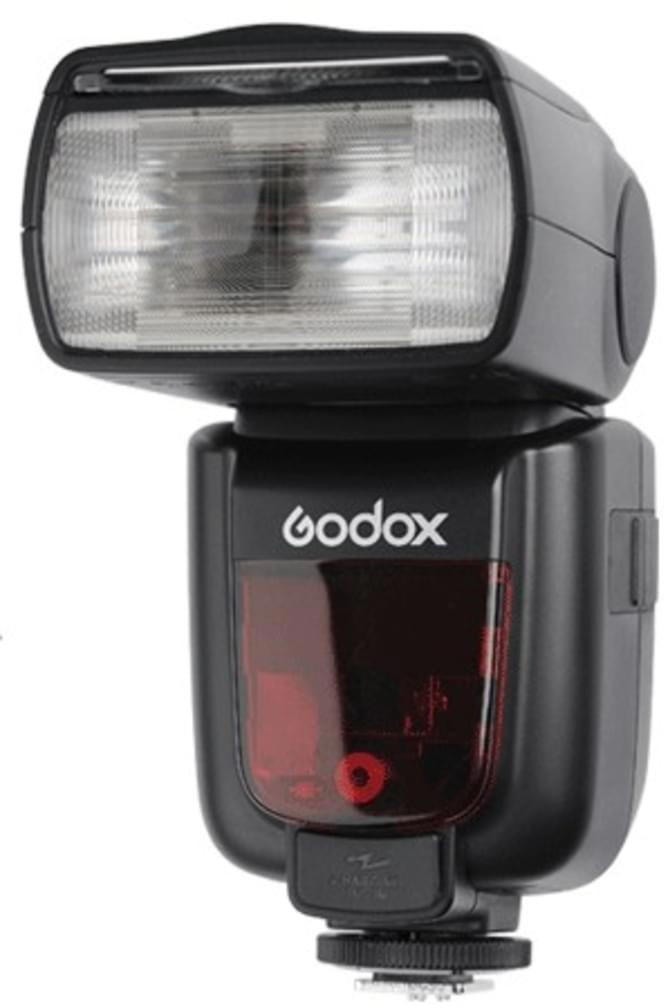
Flash head tilt/swivel
This refers to the ability of the flash to tilt or rotate its head in order to bounce the light off different surfaces to achieve more natural and flattering lighting. This feature allows for more creative control over the direction and intensity of the light, which can greatly enhance your photography experience.
Some flashes that offer excellent head tilt and swivel capabilities include the Canon Speedlite 470EX-AI, which features an automatic head that can swivel in multiple directions and even calculate the ideal angle for bounce flash. Another great option is the Nikon SB-700, which offers 180 degrees of swivel in both directions as well as 90 degrees of tilt, allowing for versatile and customizable lighting options.
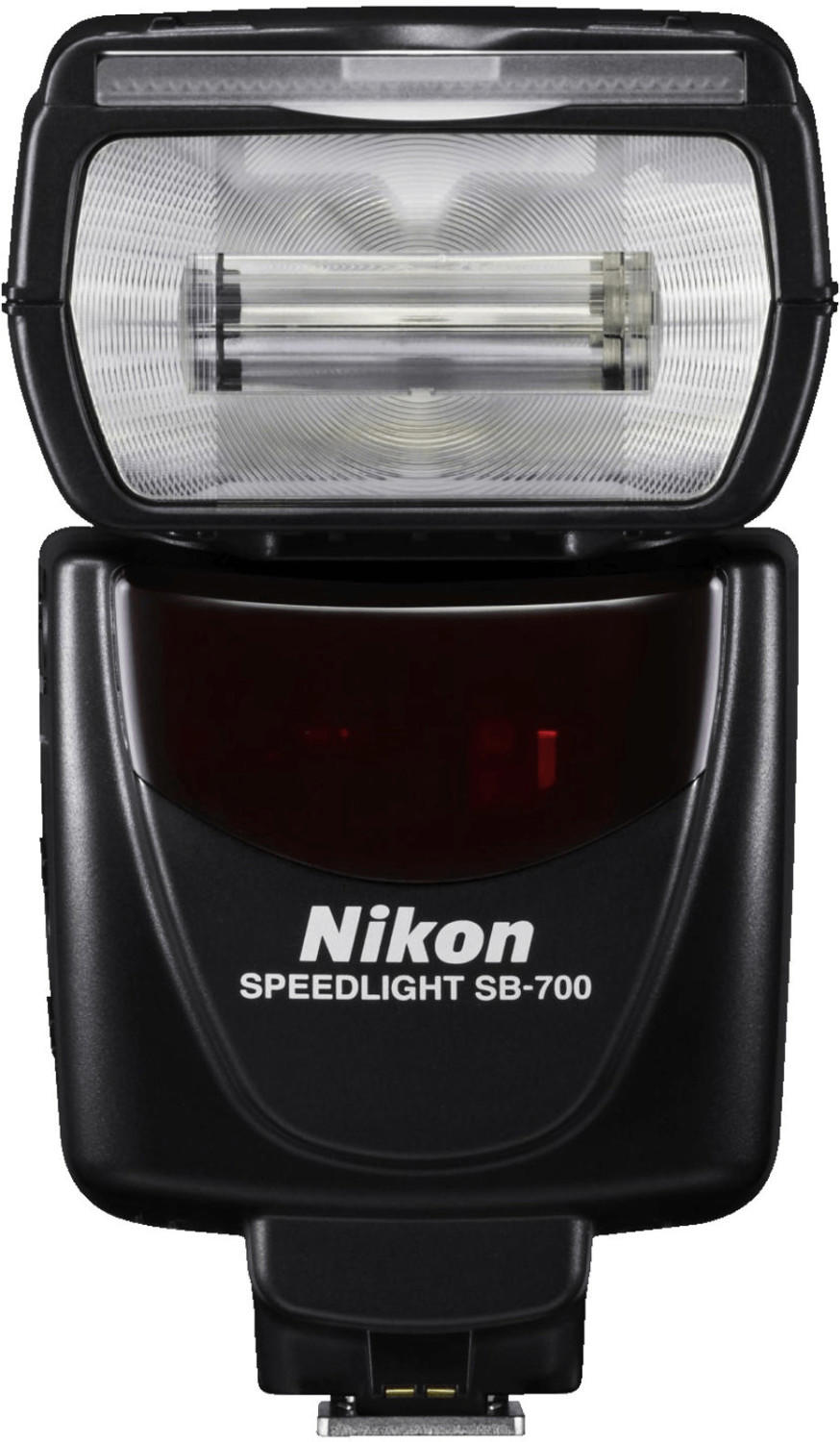
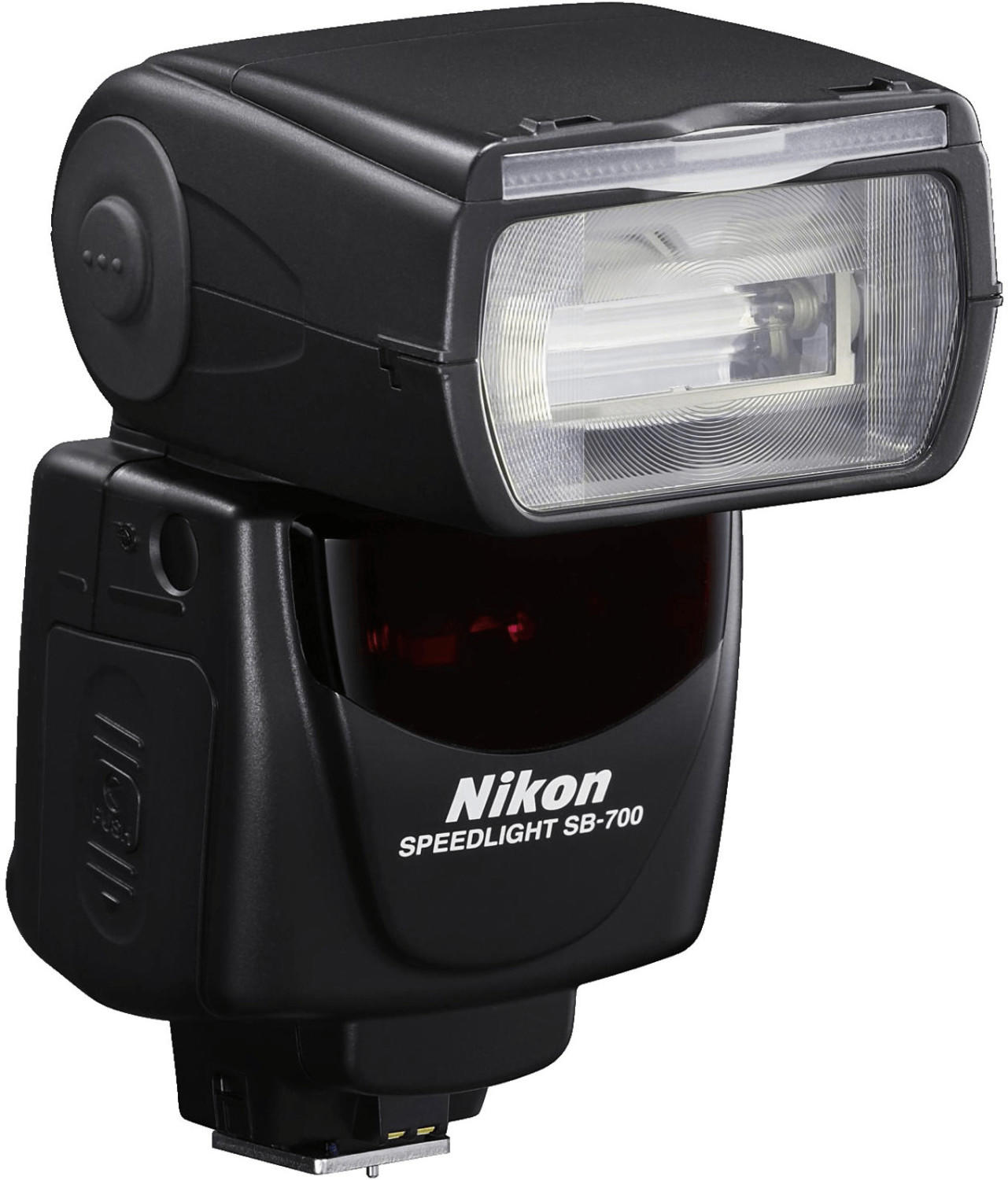
In terms of different segments of flash heads, there are entry-level flashes such as the Yongnuo YN-560 IV, which provides decent tilt and swivel capabilities at an affordable price point. For more advanced photographers, high-end flashes like the Sony HVL-F60RM offer extensive tilt and swivel possibilities and even wireless control for more creative lighting setups.

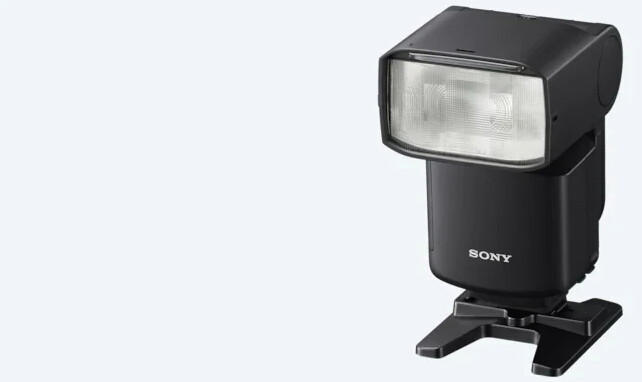
Flash zoom
Flash zoom refers to the ability of the flash to adjust its beam angle for different focal lengths. This feature allows you to control the spread of light, ensuring optimal coverage when zooming in or out. If you regularly shoot in different focal lengths or need versatile lighting options, consider flashes with a wide zoom range.
For example, Nikon SB-700 AF Speedlight offers a zoom range of 24-120mm, providing coverage for wide-angle to telephoto shots. Similarly, Canon Speedlite 430EX III-RT features a zoom range of 24-105mm, offering versatility in various shooting scenarios. Additionally, you may also find flashes that are specifically designed for wide-angle shots, such as the MagMod MagBeam Kit, which helps you control light in wide-angle situations through its special lens and Fresnel design. Be sure to compare the zoom capabilities of different flash models to find the one that suits your photography style and equipment.
Flash duration
Flash duration refers to the amount of time it takes for the flash to emit light. A shorter flash duration is desirable as it helps in freezing fast-moving subjects and capturing action shots with sharpness. Ideally, you should look for a flash with a duration of 1/1000th second or shorter. Examples of excellent flashes with fast flash durations include the profoto D2 AirTTL Monolight with a flash duration of 1/63,000 second and the Godox AD600Pro with a flash duration of 1/28984 second. These flashes are perfect for freezing motion and capturing fast-paced subjects.
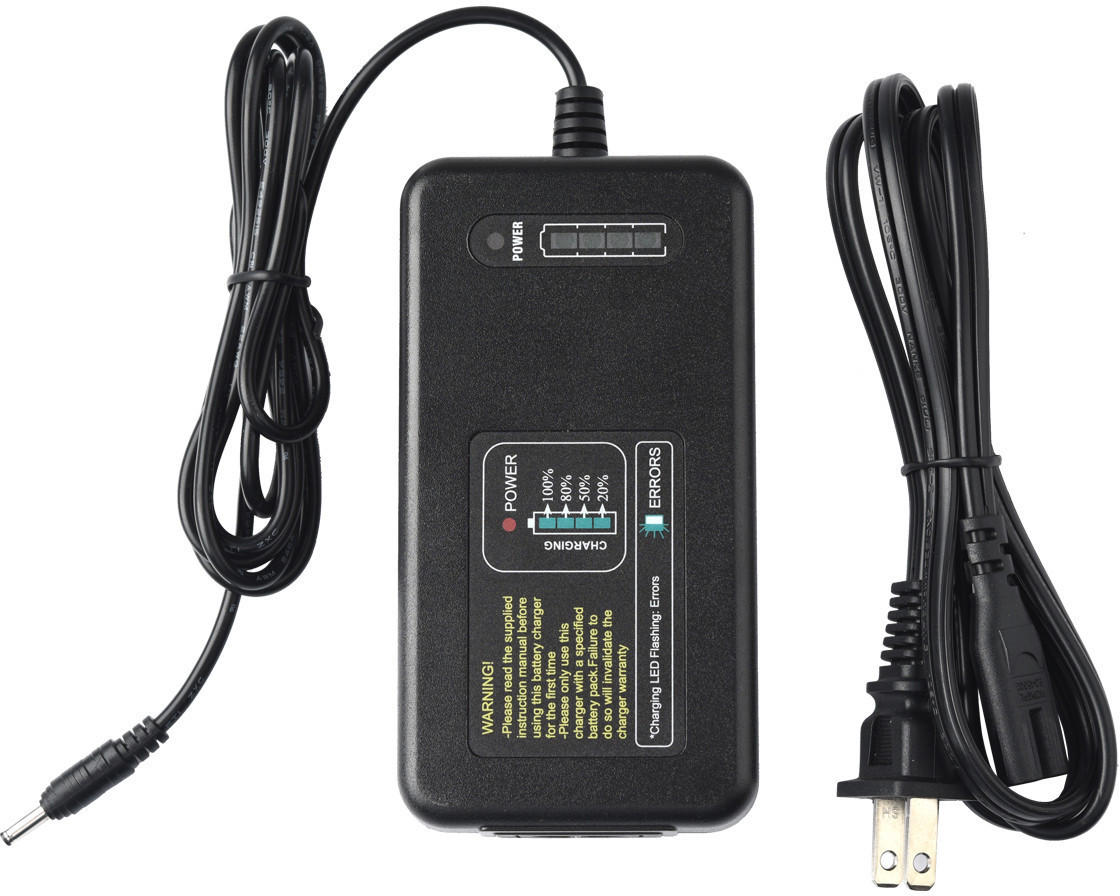
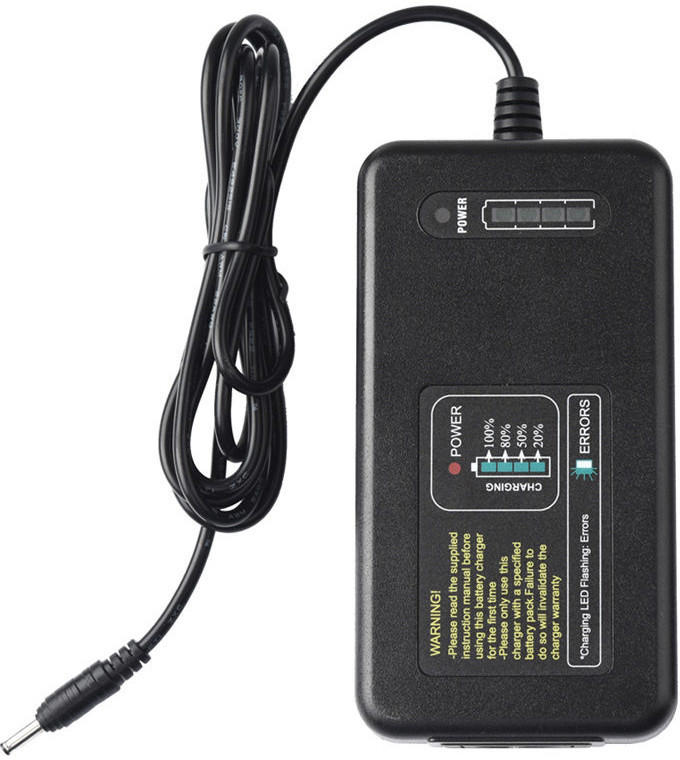
Flash battery life
A longer battery life ensures that you can take more shots without constantly worrying about recharging or replacing batteries. For example, the Godox V1-N Lithium-Ion Speedlight Flash boasts an impressive 480 full power flashes on a single charge, making it perfect for photographers who require extended shooting sessions. Another excellent option would be the Nissin Di700A Flash Kit, which provides up to 200 full power flashes while featuring a rechargeable Li-ion battery. Both of these flashes offer reliable and long-lasting battery performance, giving photographers peace of mind during intensive shooting sessions.
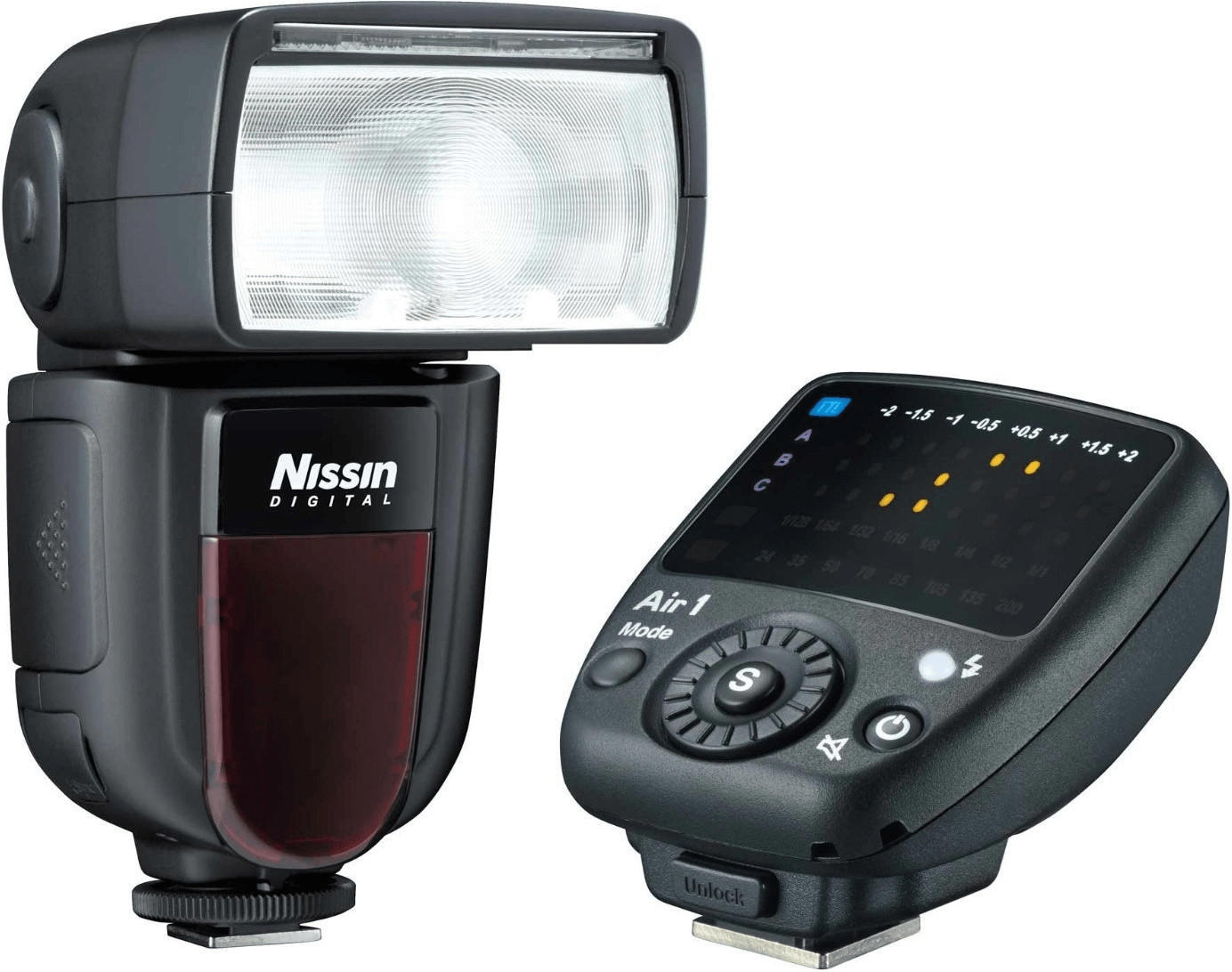
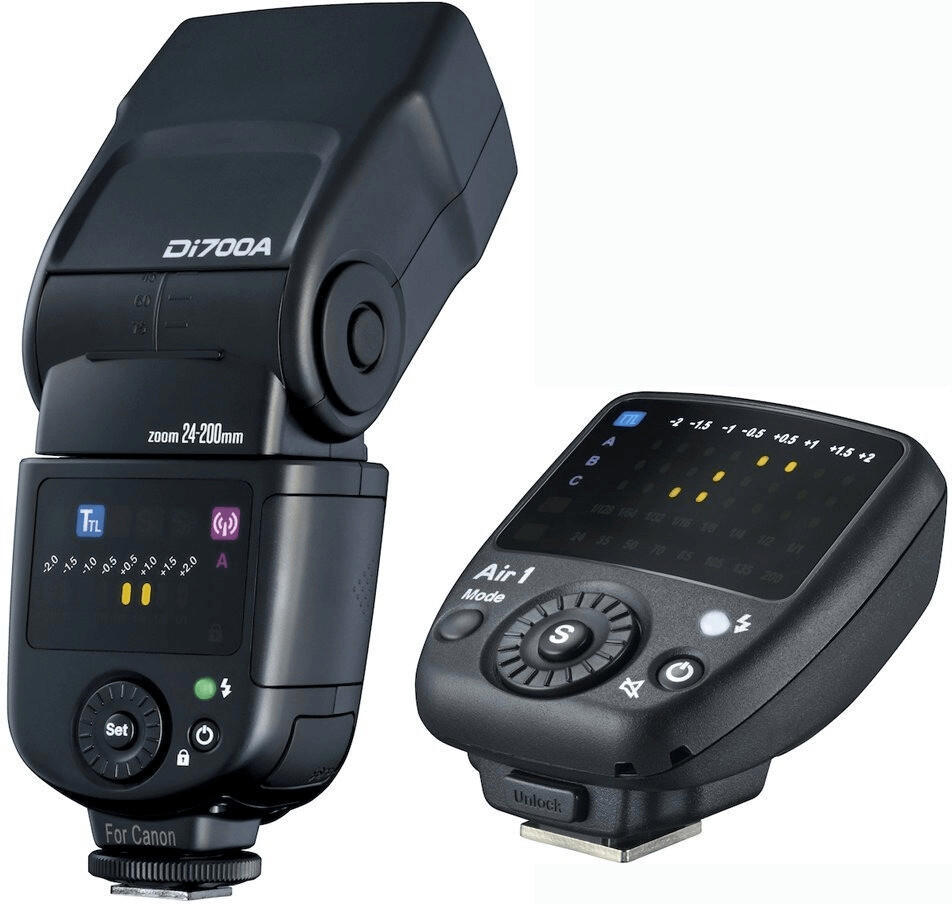
Battery type
Different battery types have varying capacities, power outputs, and recharging speeds. For instance, the Canon Speedlite 600EX II-RT Flash features a built-in rechargeable Li-ion polymer battery pack, allowing a quick and efficient recharge time. This makes it an excellent choice for photographers who require fast-paced shooting sessions. Additionally, the Godox V1 Flash utilizes a removable lithium-ion battery with a capacity of 2600mAh, providing a high-power output for extended shooting periods. Both of these flashes offer the convenience of rechargeable batteries, ensuring a reliable power source for photographers on the go.
Battery recharge time
This refers to the amount of time it takes for the flash to fully recharge its batteries after each use. A faster recharge time means less downtime between shots and the ability to capture more images in a shorter amount of time. Some flashes that offer quick battery recharge time include the Godox V860II with a recharge time of 1.5 seconds, the Nikon SB-5000 with a 1.8-second recharge time, and the Canon Speedlite 600EX II-RT with a recharge time of around 3.5 seconds. These flashes are ideal for photographers who need a quick turnaround time and want to capture multiple shots without having to wait extensively for the flash to recharge.


Compatibility with camera brands
Different camera brands have their own unique systems and communication protocols, which means that flashes designed for one brand may not function optimally with another. For Canon users, the Canon Speedlite 600EX II-RT is highly recommended due to its superb compatibility with Canon cameras. With its E-TTL II (Evaluative Through-The-Lens) automatic flash metering system, this flash ensures accurate and consistent exposures for Canon photographers. For Nikon users, the Nikon SB-5000 AF Speedlight is an excellent choice. Featuring advanced radio control, this flash offers high-speed sync and extended range, making it perfect for capturing fast-paced action moments with Nikon cameras. Additionally, it is compatible with the Nikon Creative Lighting System, providing seamless integration with Nikon cameras and accessories.
On-camera vs off-camera use
On-camera flashes are designed to be attached directly to the camera's hot shoe, providing immediate lighting for subjects. These flashes are compact and lightweight, making them convenient for quick shots and events where mobility is essential. One notable example of an on-camera flash is the Canon Speedlite 600EX-RT II. With a guide number of 197' at ISO 100 and 200mm, this flash offers an impressive range for on-camera use. Another option is the Nikon SB-5000 AF Speedlight, which features a versatile flash head that tilts from -7° to 90° and rotates horizontally 180° to the left or right, enabling you to bounce light for better control.
On the other hand, off-camera flashes provide more creativity and control over the lighting environment by allowing users to position the flash independently from the camera. These flashes are often connected to the camera wirelessly or via a cable for flexibility in placement. An excellent off-camera flash option is the Godox AD200 Pro. This compact and powerful flash offers a guide number of 60m at ISO 100, with a portable design perfect for location shootings. Additionally, the Profoto B10 Plus is a popular choice for professional photographers seeking off-camera flash capabilities. With a maximum power output of 500Ws and a wireless range of up to 1000ft, this flash offers excellent flexibility and control over the lighting setup.
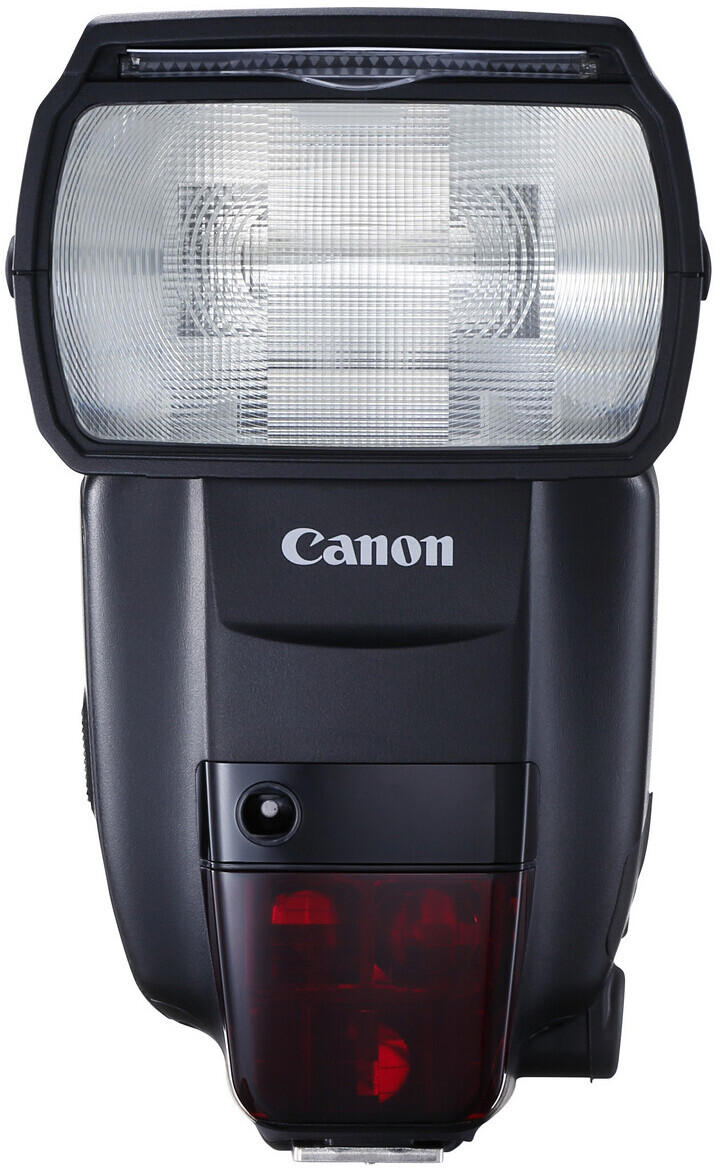

Flash interface
The flash interface determines how the flash can be mounted and controlled. There are different types of flash interfaces available in the market, including hot shoe mounts, PC sync ports, and wireless trigger systems.
The most common type of flash interface is the hot shoe mount, which allows the flash to be directly mounted on top of the camera. A great example of a flash with a hot shoe mount is the Canon Speedlite 600EX II-RT Flash, which offers compatibility with a wide range of Canon DSLRs and features a built-in radio transmission system.
Another type of flash interface is the PC sync port, which allows the flash to be connected to the camera via a sync cable. The Profoto A1X AirTTL-N Studio Light for Nikon is a superb flash that features a PC sync port, making it compatible with various Nikon cameras.
For those who prefer wireless triggering, there are flashes available with built-in wireless trigger systems. One such example is the Godox AD200Pro Pocket Flash, which supports wireless triggering and can be used with both Canon and Nikon cameras. Additionally, it boasts a 2.4G wireless X system, enabling remote control and triggering within a 100-meter range.
By considering the flash interface that best suits your needs, you can select a flash that seamlessly integrates with your camera system and expands your photography potential.
Built-in diffuser
A built-in diffuser helps to soften and distribute the light evenly, reducing harsh shadows and creating natural-looking lighting conditions. One excellent option that features a built-in diffuser is the Canon Speedlite 430EX III-RT, which boasts an impressive power output of GN 43 (feet) at ISO 100 and covers an angle of view for 24-105mm lens focal lengths. It also offers a wireless flash control and comes with 10 custom and 25 personal functions for advanced flexibility.
If you're looking for a more versatile option that includes a built-in diffuser, the Nikon SB-5000 offers great performance. With a powerful GN of 34.5 (meters) at ISO 100, it covers an angle of view for 24-200mm lens focal lengths and features a radio wireless system that allows for remote control up to 98 feet. Equipped with a cooling system that prevents overheating, this flash also offers advanced features such as quiet operation, compatibility with Nikon's Creative Lighting System, and support for third-party wireless system radio signals.


These two flashes are just a few examples among the wide range of options available on the market. Nonetheless, their duality of a built-in diffuser and other impressive features make them excellent choices for photographers looking to enhance their lighting conditions without the need for additional diffusers.
Built-in bounce card
A bounce card is a small white surface located at the front of the flash, which can be flipped down to redirect and soften the light. This can help to eliminate harsh shadows and create a more natural-looking effect. For example, the Canon Speedlite 600EX II-RT is a high-end flash that features a built-in bounce card, allowing you to easily bounce the flash off nearby surfaces to create flattering and diffused lighting. Similarly, the Nikon SB-5000 is another top-of-the-line flash with a built-in bounce card, providing photographers with the ability to control and sculpt the light in various situations. Both of these flashes offer powerful lighting capabilities and the convenience of a built-in bounce card for enhanced versatility in different shooting scenarios. However, some entry-level flashes like the Godox TT600 and Yongnuo YN660 also offer built-in bounce cards and can be affordable options for those just starting out in flash photography.


Flash triggering options
There are three common methods of triggering a flash: built-in optical/IR slave, radio frequency (RF), and cable connection. The built-in optical/IR slave trigger facilitates wireless communication between the camera and flash, but it has limitations in terms of range and line-of-sight requirements. For those needing a more reliable and versatile triggering option, the radio frequency trigger is recommended. Successful communication is not hindered by obstructions or distance within the specified range. Some popular RF-triggered flashes include the Godox V1 and Profoto A10. Alternatively, using a cable connection like the Canon Speedlite 600EX II-RT or Nikon SB-5000 offers a dependable method, albeit with limited mobility and more restricted freedom of movement.



Flash weight
A heavy flash can add strain to your camera and make it difficult to carry around for extended periods. Look for lightweight options that provide quality performance without adding unnecessary weight. One example is the Canon Speedlite 430EX III-RT, which weighs only 10.6 ounces. This compact and portable flash offers a guide number of 141' at ISO 100 and 105mm for effective illumination. Another lightweight option is the Nikon SB-5000 AF Speedlight, weighing in at just 14.9 ounces. This versatile flash has a guide number of 113.19' at ISO 100 and 35mm, making it suitable for various shooting conditions. By choosing a lightweight flash like these, you can maximize portability and comfort without sacrificing performance.
Flash dimensions
The dimensions will play a crucial role in determining the portability and compatibility of the flash with your camera setup. It is important to look for a flash that has a compact and lightweight design, without compromising on the power and features it offers.
For those looking for a compact flash unit, the Nikon SB-700 Speedlight Flash is an excellent option. Measuring at 2.8 x 5.0 x 4.1 inches and weighing only 12.7 ounces, it is easy to carry around without adding extra bulk to your camera bag. Similarly, the Canon Speedlite 430EX III-RT Flash is also a compact option, measuring at 2.8 x 4.5 x 3.9 inches and weighing 10.4 ounces. These flashes are particularly suitable for photographers who are constantly on the move or enjoy shooting in discreet situations.


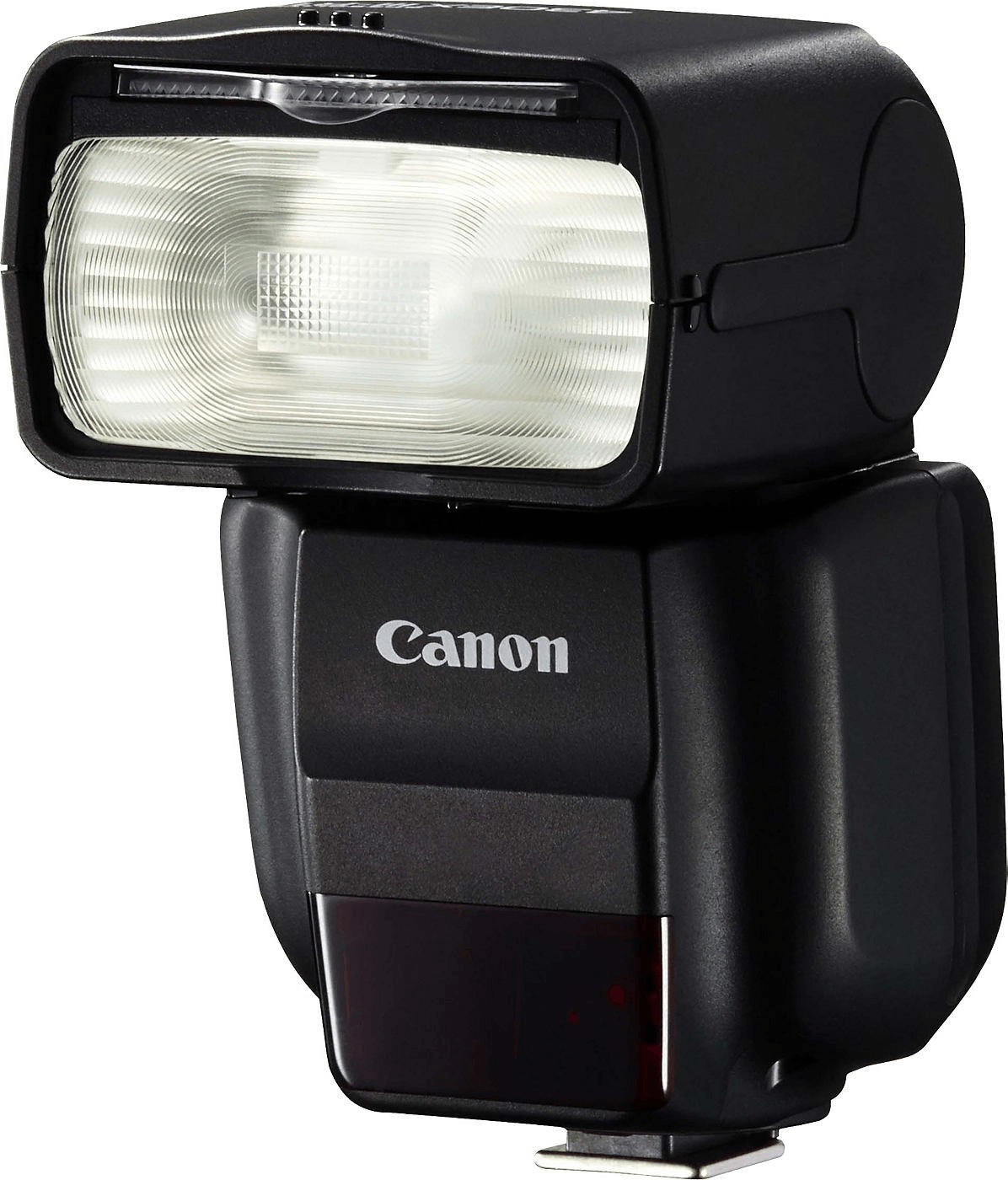
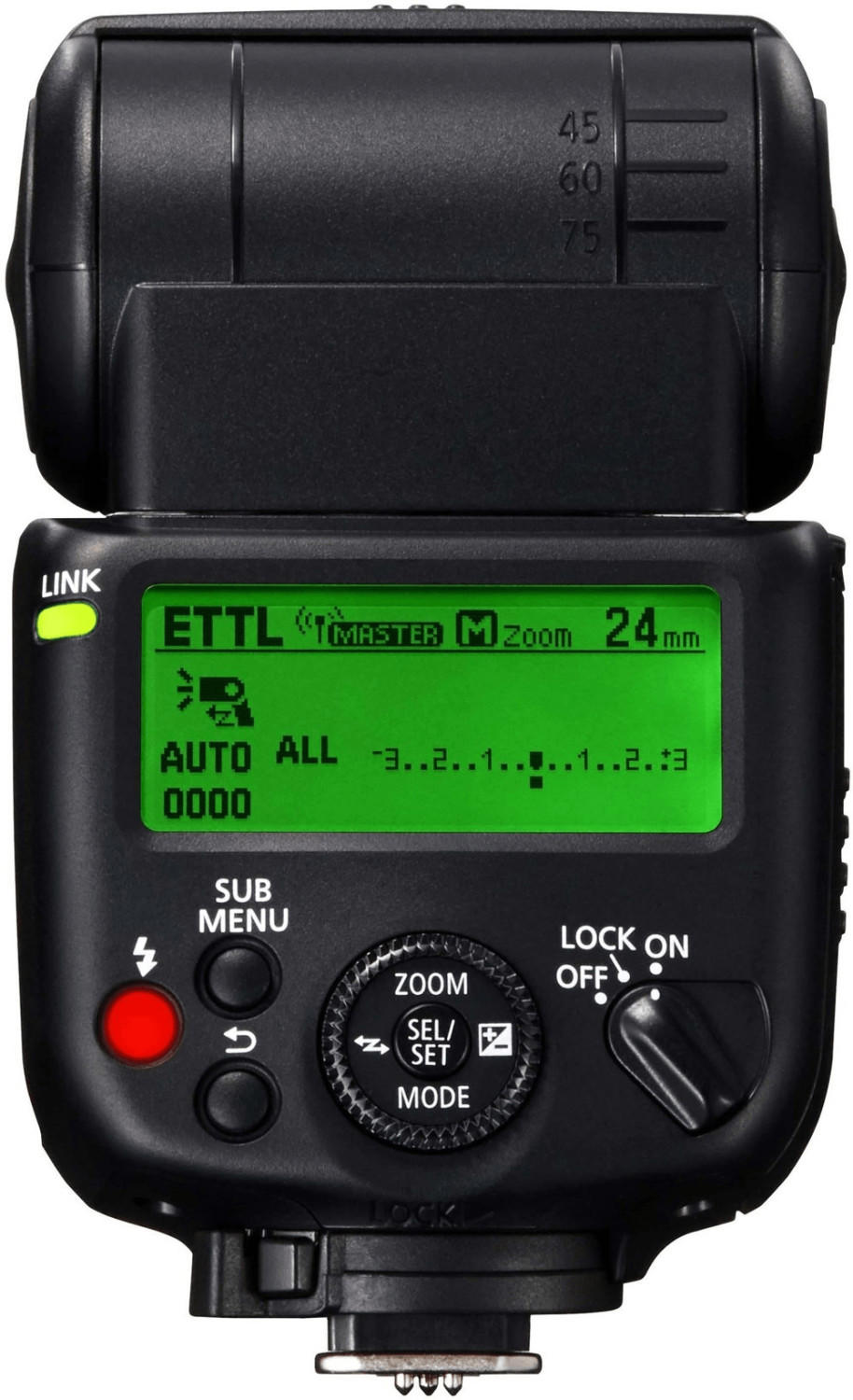
For those who prioritize power and versatility, larger flashes like the Godox AD200Pro Pocket Flash or the Profoto A1X AirTTL-S Studio Light may be worth considering. While these units are slightly larger, both measuring roughly 6.61 x 32.56 x 6.57 inches, they offer advanced features such as high-speed sync and more power output. These flashes are ideal for photographers who require maximum control and flexibility in their lighting setups.
Flash build quality
A well-built flash not only withstands the test of time but also provides consistent and reliable lighting for your photography. Look for flashes that are made with high-quality materials such as aluminum or magnesium alloys, which offer a sturdy construction. Flashes like the Canon Speedlite 600EX-RT, the Nikon SB-5000, and the Sony HVL-F60M are known for their robust build quality and long-lasting performance. These flashes feature weather sealing, allowing you to use them in varying weather conditions without worrying about damage. Additionally, their high flash recycle times and powerful light output make them ideal for professional photographers or enthusiasts looking for a reliable and durable flash.

Flash accessories compatibility
These accessories can greatly enhance the performance and versatility of your flash, allowing you to achieve professional-looking results. Look for a flash that is compatible with a range of accessories such as diffusers, color filters, and light modifiers. These accessories can help you achieve different lighting effects and control the quality of light in your photos. For example, the Godox V1 is a powerful and versatile flash that is compatible with a wide range of accessories, including the Godox AD-S9 dome diffuser and the Godox H200R round head accessory kit. Similarly, the Profoto A1X is a premium flash with compatibility for a range of accessories like the Profoto A1 Grid Kit and Profoto A1 Gel Kit, offering photographers creative possibilities to enhance their lighting setups.
Flash compatibility with light modifiers
Light modifiers such as softboxes, umbrellas, and grids can greatly enhance the quality and control of light produced by a flash. When determining compatibility, check the mounting system of the flash to ensure your chosen light modifier can be securely attached. For example, the Profoto B10 Plus is a popular compact flash that features a built-in light modifier mount, making it suitable for use with various light modifiers. Similarly, the Godox AD200Pro is another versatile flash that is compatible with a wide range of light modifiers. Pay attention to specifications like mounting options and accessory compatibility to ensure your flash can support the light modifiers you plan to use.
Flash color temperature
Color temperature refers to the color of light produced by the flash, with higher color temperatures producing cooler or bluish light, and lower color temperatures emitting warmer or reddish light. Different flashes offer varying color temperature ranges, allowing photographers to achieve the desired tone in their images.
For photographers who prefer a warm and natural look, flashes with a color temperature of around 5500K are ideal. The Godox V1 is a great option with a color temperature range of 5600±200K, ensuring accurate color reproduction in images. On the other hand, for those aiming for a more cool and white tone, flashes with a higher color temperature, such as the Nikon SB-910 with a range of 0°C to 40°C, are better suited.
Flashes on the market can be grouped into several segments based on color temperature. For photographers seeking a warm or cool tone, there is the Canon 600EX II-RT which offers a color temperature of approximately 5600K, and the Profoto A1 which provides a temperature of 5500K. Additionally, there are even flashes like the Yongnuo YN-560 IV that allow for manual adjustment of color temperature within a certain range to fit the specific requirements of each shot.

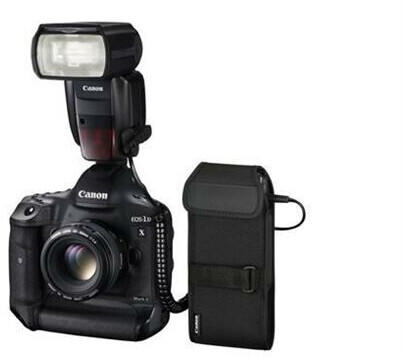
Flash trigger voltage
The flash trigger voltage refers to the amount of voltage required to trigger the flash unit. It is crucial to select a flash unit with a compatible trigger voltage for your camera to avoid potential damage.
Some cameras have low trigger voltage ratings, such as the Canon EOS series with a trigger voltage of around 6-12V. For these cameras, flash units like the Canon Speedlite 600EX-RT or the Godox V1 are excellent options as they have trigger voltages within the safe range. Other cameras, like the Nikon D3300 with a trigger voltage of around 250V, may require flashes with higher trigger voltage capabilities, such as the Nikon SB-700 or the Yongnuo YN-568EX II. It's essential to research and match the trigger voltage of the flash unit with the acceptable range designated by your camera.

Flash syncing methods
Flash syncing refers to how the flash is triggered to fire when taking a picture. There are three common flash syncing methods to choose from: hot shoe, wireless, and trigger cable.
For hot shoe syncing, you can consider the Canon Speedlite 600EX II-RT Flash or the Nikon SB-5000 AF Speedlight. These flashes are equipped with a hot shoe mount that allows them to be directly attached to the camera, syncing seamlessly to capture the perfect shot.
If you prefer wireless syncing, the Godox V860II-S TTL Wireless Speedlite or the Yongnuo YN568EX II Flash are great options. These flashes support wireless communication with your camera, enabling them to be triggered remotely without the need for any physical connection.
A trigger cable is another syncing option, although less common nowadays. Interfit S1 TTL Remote, for example, utilizes a cable to connect your camera and the flash for accurate synchronization.

These flashes provide different syncing methods, allowing you to choose the option that suits your photography style and needs the best.
Flash LCD display
This component plays a significant role in providing clear visual feedback and intuitive menu navigation. Look for a flash that features a high-resolution and easy-to-read LCD screen that allows you to quickly access and change settings on the go.
One excellent example of a flash with an impressive LCD display is the Nikon SB-5000. With its 2.8-inch tilting and rotating color touchscreen LCD, this flash grants exceptional visibility and usability. The touchscreen functionality allows you to navigate through menus effortlessly and make adjustments with a simple swipe or tap. Another outstanding option is the Canon Speedlite 600EX II-RT, which boasts a large dot-matrix LCD panel that ensures clear visibility in all lighting conditions. The dot-matrix design exhibits a wide range of information, such as flash settings, power output, zoom positions, and more, enabling you to fine-tune your flash settings precisely.



It's worth noting that many flagship flashes from various brands, such as Sony, Olympus, and Panasonic, also offer advanced LCD displays. Whether it's the Sony HVL-F60RM, the Olympus FL-900R, or the Panasonic DMW-FL580L, these flashes come equipped with LCD screens that provide a wealth of information for professional photographers, such as flash output, distance, sync modes, and customizable functions.


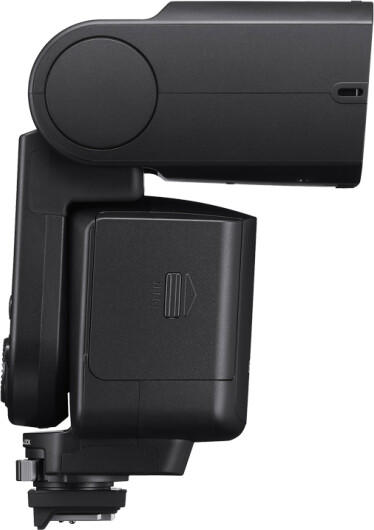
Flash firmware upgradability
This feature enables you to update the firmware of your flash unit, providing improvements in functionality, performance, and compatibility with new camera models. Firmware updates are often released to address any bugs or issues that users may encounter and to introduce new features.
Some popular flashes that offer flash firmware upgradability include the Godox V1 and the Nikon SB-5000. Both of these flashes allow you to update their firmware to ensure they stay up to date with the latest advancements in technology and compatibility with various camera models. For example, the Godox V1 features a USB port for firmware updates, allowing you to easily apply any available updates and improvements. Similarly, the Nikon SB-5000 offers wireless firmware updates via a compatible camera body, ensuring seamless integration between the flash and camera.



Availability of user guides/manuals
These resources are essential in helping you understand the features and functions of the flash, as well as providing helpful tips on how to get the most out of it. An excellent example of a flash that provides comprehensive user guides and manuals is the Nikon SB-5000. This powerful flash incorporates advanced features such as radio control, which allows for wireless shooting and control of multiple flashes. The Canon Speedlite 600EX II-RT is another great option with a robust user guide available. It offers a maximum guide number of 197 ft./60m at ISO 100, making it ideal for demanding lighting situations.



Price
Flashes are available in a wide range of prices to suit various budgets. In the lower price range, the Neewer TT560 Flash Speedlite offers an affordable option without compromising on quality. It features a manual flash mode, a 33-foot guide number, adjustable power output, and a rotatable head for easy control. Moving to a slightly higher price range, the Yongnuo YN560 IV Speedlite is a versatile option that supports wireless master and slave modes. It also has a built-in receiver and transmitter, a guide number of 190 feet, and a zoom range of 24-105mm for precise lighting control. For those looking for a high-end flash, the Canon Speedlite 600EX-RT is a professional-grade choice. It boasts a guide number of 197 feet, a zoom range of 20-200mm, and compatibility with Canon's advanced wireless flash system. Price considerations can help you find a flash that fits within your budget while still offering the features and functionality you need.

Variety of brands
Each brand has its own pros and cons that can significantly impact your photography experience. One popular brand that you should consider is Canon, known for their high-quality flashes that produce exceptional lighting. For instance, the Canon Speedlite 600EX II-RT offers an impressive guide number of 197' at ISO 100 and 200mm along with a zoom head that covers a range of 20-200mm, ensuring versatility in different shooting scenarios. However, Canon flashes can be quite expensive compared to other brands.
Another renowned brand to consider is Nikon, which offers reliable and versatile flashes for Nikon camera users. One example is the Nikon SB-5000, which boasts a guide number of 113' at ISO 100 and 35mm and a zoom head that spans the range of 24-200mm, providing flexibility for different focal lengths. Nikon flashes are typically known for their advanced TTL (Through-The-Lens) capabilities, allowing for automatic and accurate metering. However, these flashes can be heavier and bulkier compared to other brands.



It's worth noting that other popular brands like Godox, Sony, and Sigma also offer flash options with their own unique strengths and weaknesses. Overall, the choice of brand will heavily depend on your personal preferences, specific camera model, and budget.